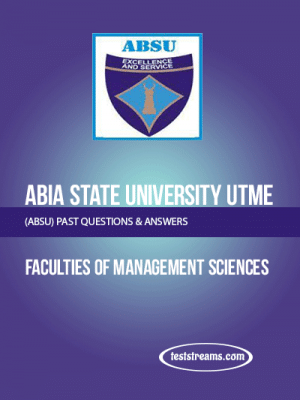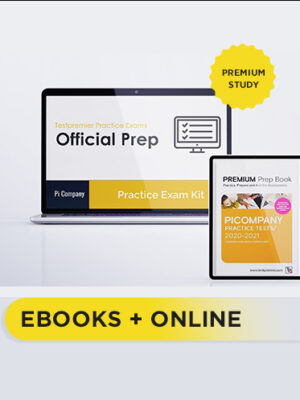NAPPS SCHEME OF WORK SECONDARY FOR SENIOR SECONDARY SCHOOL (SS1 – 2)
3RD TERM
FOOD AND NUTRITION
| Weeks | SS1 | SS2 |
| 1 | Revision/Food hygiene, food handling practices, food borne diseases, food sanitation laws, food laws regulatory bodies – NAFDAC, ON, ICLC | Revision of last term’s work/Convenience foods: – Meaning of convenience foods – Advantages and disadvantages, – Factors to consider when choosing convenience foods |
| 2 | ICPC – Independent corrupt practices commissions function of ICPC, penalties for such offences | Preservation of foods: – Meaning/reason for preserving foods – Causes of food spoilage – Classification of foods according to moisture content i.e. perishable, semi-perishable and non-perishable |
| 3 | Cooking of food – definition, reasons for cooking foods. Methods of heat transfer (conduction, convention, radiation) methods of cooking – most heat methods. Boiling, stewing, steaming, pressure cooking. Definition, Advantages and disadvantages, examples of foods cooked with each method | Methods of preservation of foods (a) Drying – types of drying e.g. solar, oven, freezer, roller, vacuum, tunnel and spray. – Factors affecting the rate of drying – Low temperature/high temperature – Uses of chemicals – Canning and bottling – Irradiation – Fermentation – Smoking |
| 4 | Dry – heat methods – banking, roasting and drilling micro wave cooking. Definition, advantages and disadvantages of food cooked with each method. (b) Frying – types of frying, general rules for frying. Advantages and disadvantages of frying. | Storage of foods – Meaning of storage, types of storage – Post harvest storage – Storage of prepared of foods at home – Methods of post harvest storage e.g. Rhombos, Granary or mud, silo, Cribs, Jute bags, Suspended tree. |
| 5 | Food study; cereal/grains e.g rice, millet, guinea corn, wheat, oats, maize etc – Nutritive value of cereal/grains. – Processing – High and low extraction rate flour, cooking methods | Storage of Roots and Tubers: a. Methods e.g. barns, pit storage, on foot, b. Modern methods of storing yams and tubers – Storage of legumes, fruits and vegetable – Home storage of foodstuff |
| 6 | Legumes/Pulses eg Beans, cowpea, groundnut, soya beans, melon seeds, peas, bambara nuts. Importance, nutritive values of legumes, cooking methods and dishes made from legumes | Practical on storage and preservation of foods: a. Drying b. Smoking c. Salting |
| 7 | Practical on cooking methods, cereal and legumes | Pratical on bottling of fruits and vegetables e.g. onions, pineapple, mango (jam making( |
| 8 | Vegetables – root, tubers, leafy and miscellaneous vegetables, nutritive values of vegetables, factors affecting choice of vegetables preparatory and serving of vegetables | Consumer Education: a. Principles of consumer education b. Consumer agents c. How to gather information about consumer education |
| 9 | Fruits – types of fruit, nurtrive value of fruits. Differences between cruits and vegetables | Consumer Education: a. Government agencies, their regulations and functions b. Community programmes c. Consumer practices e.g. adulteration misbrandment, falsification |
| 10 | Practical on fruits and vegetables. | Budgeting-important terms, e.e. income, need and expenditure/Factors that affects the budget. b. Food Budgeting, Bulk purchasing, market list c. Factors to consider when budgeting for food. |
| 11 | Meat cookery – types of meat from different animals, nutritive value of meat, methods of cooking meat | Buying and storage of foodstuff: – Importance of buying foods in bulk – Meaning of shopping list |
| 12 | Revision | Revision / Examination |
| 13 | Examination |
Click the links below to get any resources you want.
- Lesson note for primary and secondary schools
- Exam questions for primary and secondary schools
- Etext books for primary schools
- Common Entrance Math Exam Questions and Answers
- Common Entrance Questions and Answers English and Verbal
- UTME Exam Preparation
- BECE and JSCE past questions
- SSCE / WAEC Past questions









